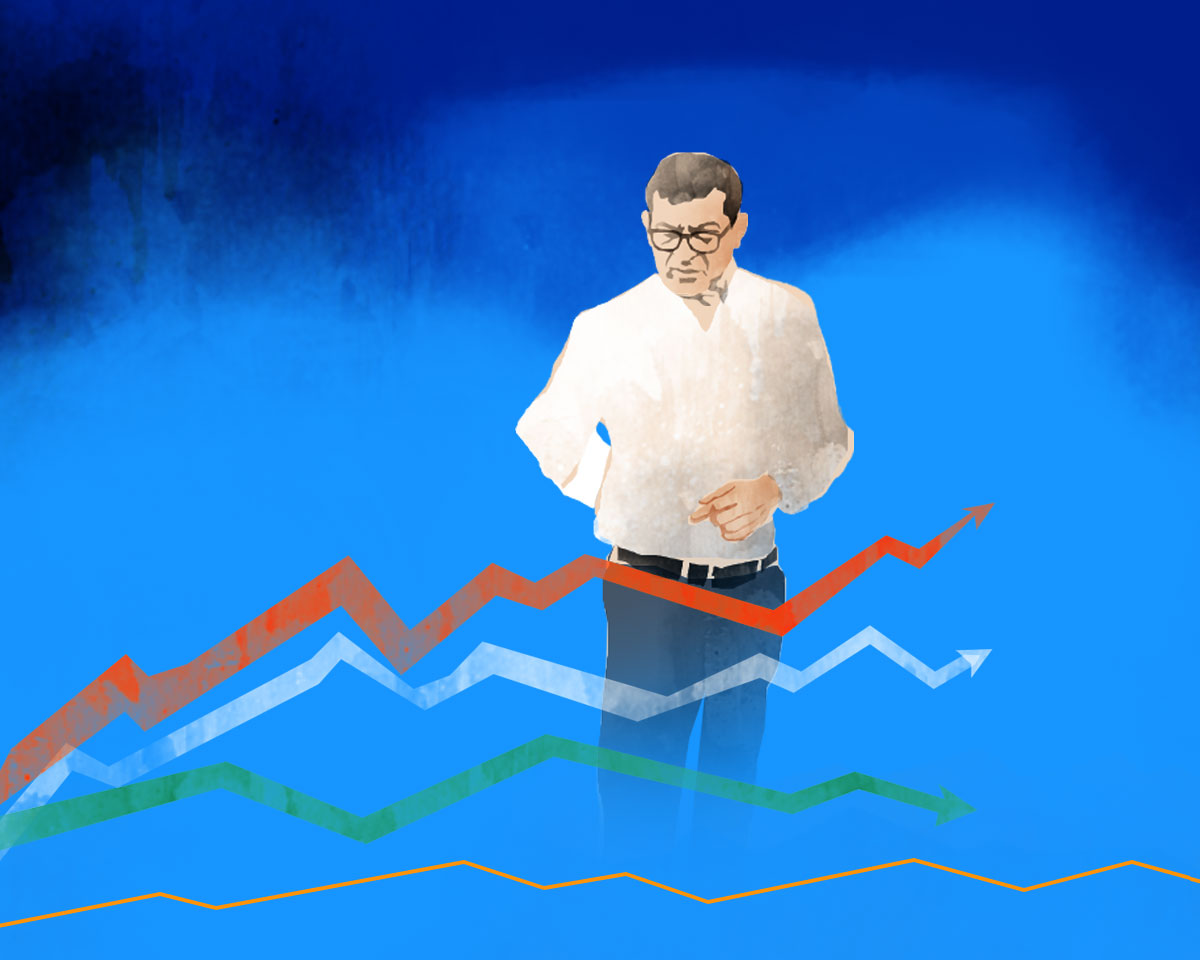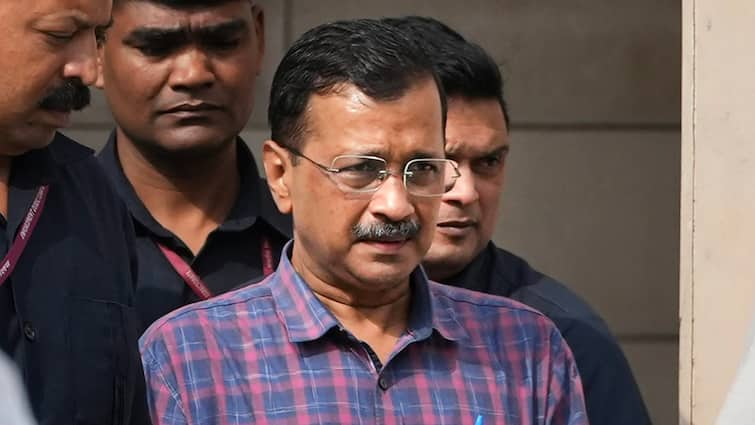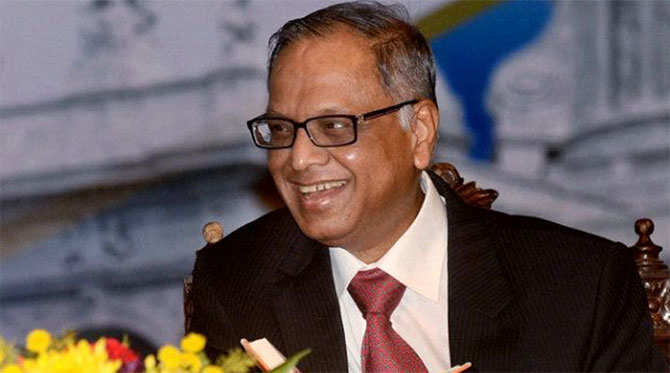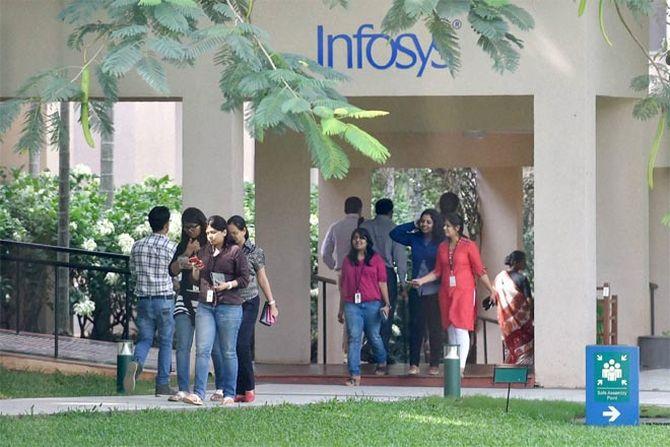‘We ought to have a look at is full yr’s development quite than quarter numbers.’
Is former Reserve Bank of India governor Raghuram Rajan proper in his evaluation that India’s economic system is ‘dangerously shut’ to the Hindu fee of development?
According to the International Monetary Fund, India would be the world’s quickest rising massive economic system in 2022-2023 and together with China, it is going to represent half of the world’s development subsequent yr.
Rajan based mostly his evaluation on the quarterly gross home product information launched by the National Statistics Office, which confirmed that the economic system grew simply 4.4 per cent throughout October-December of the present monetary yr towards 6.3 per cent within the earlier quarter (July-September).
In an interview to PTI, Rajan mentioned the most recent October-December Indian GDP numbers recommend slowing development as in comparison with the heady numbers within the first half of the yr.
The economic system grew 13.2 per cent within the first quarter and 6.3 per cent within the second.
He additionally mentioned the typical annual development of the October-December quarter relative to the same pre-pandemic quarter three years in the past is 3.7 per cent.
‘This is dangerously near our outdated Hindu fee of development! We should do higher,’ Rajan mentioned.
He mentioned the RBI initiatives a good decrease 4.2 per cent development for the final quarter of this fiscal.
Rajan’s apprehensions are based mostly on 1 / 4, or a few quarters, at a time when there was a slowdown the world over because of the Russia-Ukraine battle and when the central banks’ stance has been to boost rates of interest.
“I’ve a special view on the low development syndrome expressed by the ex-governor of RBI,” mentioned Bank of Baroda Chief Economist Madan Sabnavis, including, “What we must always have a look at is full yr’s development quite than quarter numbers because the latter might be topic to statistical results and solely partly seize the image.”
Even in case you go by quarterly numbers, the RBI has good numbers, which begin excessive and taper down for FY24 (7.8 per cent in Q1 to five.8 per cent in This autumn, which averages 6.4 per cent), he mentioned.
“Therefore, to say that there’s stagnation at a low degree isn’t proper in my opinion,” Sabnavis added.
Even although problems with consumption and funding dominate our set of challenges, worldwide companies have maintained that India will develop at six per cent-plus subsequent yr.
“So the view that we’re again to a 40-year path doesn’t appear applicable,” Sabnavis mentioned.
Rajan had mentioned, ‘I’m apprehensive that earlier we’d be fortunate if we hit 5 per cent development’ (for 2023-2024).
The newest October-December Indian GDP numbers recommend slowing development from the heady numbers within the first half of the yr.
Sabnavis mentioned “by that rationale, will we are saying that the US, UK, Japan and many others are additionally witnessing historic development stagnation charges of 3-3.5 per cent that India noticed within the Eighties?”
According to IMF’s projections, India would be the quickest rising massive economic system in 2022-2023, whilst its forecast of 6.8 per cent is decrease than the 7 per cent within the advance estimates (first and second).
In a current replace of its flagship World Economic Outlook, the IMF mentioned India and China will account for half of the worldwide financial development in 2023.
The IMF has projected India’s financial development at 6.1 per cent in 2023-2024 and 6.8 per cent in 2024-2025, increased than some other massive economic system.
ICRA Chief Economist Aditi Nayar mentioned a extra significant gauge of the momentum of development can be the comparability with the respective pre-Covid quarters.
“On this metric, development improved sequentially in Q3FY23, regardless that it did lag our forecasts,” she mentioned.
Compared to pre-Covid ranges of FY20, GDP development rose appreciably to 11.6 per cent in Q3 FY23 from 9.4 per cent in Q2 FY23, indicating an improved albeit uneven restoration, she added.
What is ‘Hindu’ fee of development
- The time period Hindu fee of development was first utilized by the late economist Raj Krishna to consult with the low fee of financial development within the pre-liberalisation period. The financial development averaged round 3.5 per cent a yr between the Fifties and Eighties. Per capita earnings development additionally averaged simply round 1.3 per cent.
- The low development fee was attributed to the socialist insurance policies of state management and import substitution. That modified when the Licence Raj was eradicated and with export promotion in 1991, when India confronted a steadiness of funds disaster.
- In one in every of his lectures, Raj Krishna had mentioned ‘… it doesn’t matter what occurs to the economic system, the development development fee in India might be 3.5 per cent.’
- The time period was later utilized by some economists to hyperlink the low development fee between the Fifties and Eighties to Hindu beliefs of Karma and Bhagya.
- However, liberal economists later rejected this connection and as a substitute attributed the low development fee to the then governments’ protectionist and interventionist insurance policies.
Feature Presentation: Rajesh Alva/Rediff.com






























